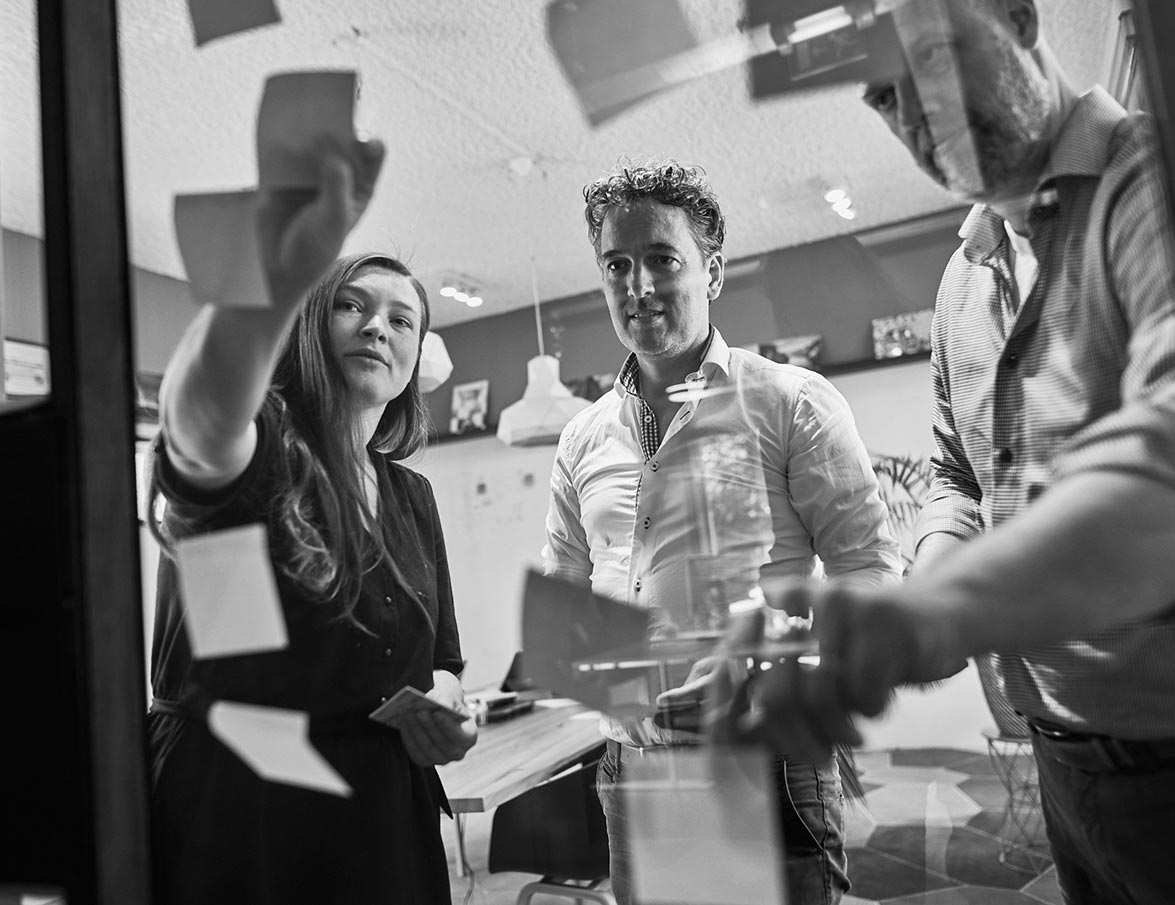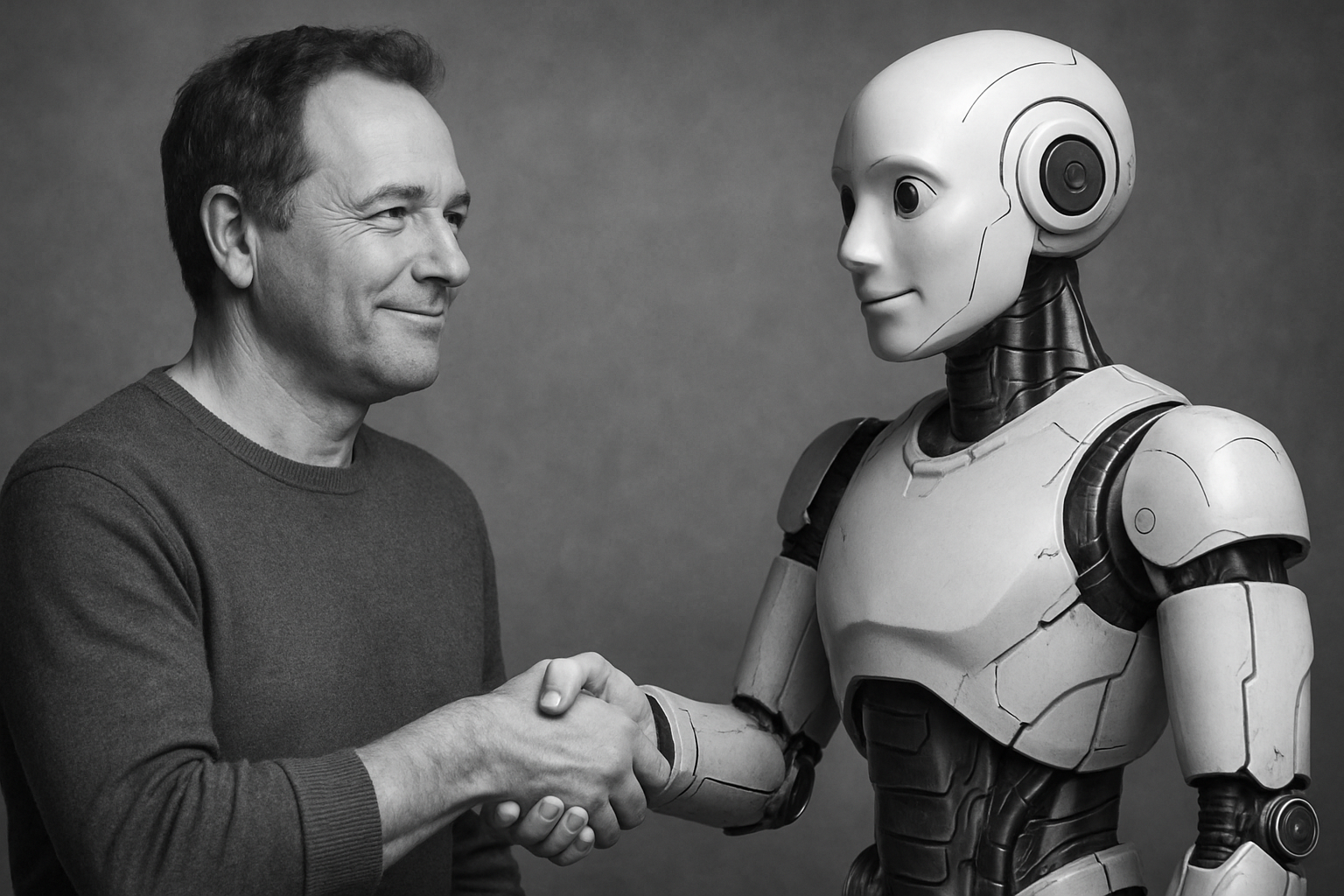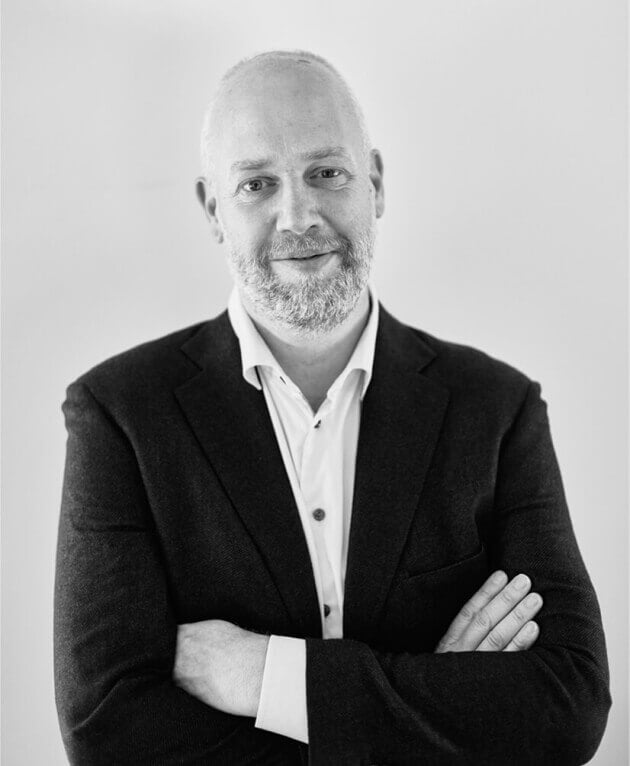As an organisation, you cannot avoid innovating. You will have to, the moment you have identified a problem that cannot be solved by continuing to do what you were already doing. I would like to take you through how we at Keen think about innovation and what we can do for you.
When is an innovation an innovation?
There are many ways to describe innovation. At its core, it's about doing something that's new to you, and that's valuable to your customers, citizens, users or employees. Innovation is possible in many areas, such as new revenue models, new services, or new ways of delivering. At Keen we have a lot of experience with innovations in the field of digital services, products and channels. We believe that the most valuable innovations come from your end users. For a municipality this is the citizens, for a hospital it is the patients, for a bank it is the customers… and it can also be your own employees. Basically all end users, if you sum it up.
It's not always that easy
But how do you make sure you know exactly what your end users want? For example, in 1985 Coca Cola completely missed the mark by introducing New Coke. The innovation came from the organization itself, because they had to give up a market share to the diet variant of Pepsi. They thought they would win back the market with New Coke. In the end, the product emerged as the winner from all customer panels. So the customers would want it, right? But it turned out to be a huge flop .
In other cases, end users come up with a problem themselves, but they are not yet able to properly articulate the solution. So how do you find out what will really solve their problem? So the story goes that the car tycoon Henry Ford asked people what they wanted, and the answer would have been; "faster horses". More likely they would have said; “a faster mode of transport”, but in any case they did not arrive at the answer: “a vehicle with an internal combustion engine”. The need was to be able to get from a to b faster. By reading the question behind the question, Ford was able to arrive at a very different, and valuable, solution.
Sometimes the solution comes directly from the organization itself. Here too the question is again; are you going to invest in that right away? What can you guarantee that that solution is not motivated by the illusion that innovation has to be a high-tech event? Who's to say that that solution isn't too expensive, and that there aren't other, and ultimately better, options? How do you know that a solution that works for someone else will work for you? In short: Who can help you find out whether, and how, a solution will also be successful?
It starts with a good problem
It may sound a bit strange; “a good problem”, but what matters is that you tackle a problem that really affects your organization. A danger lurks in this very first step towards innovation. The danger of already having a solution in mind – for example “let's make an app”.
So focus first on the real issues that are preventing your organization from thriving, now or in the future. The solutions will come later.
You find out what your problems are by collecting a lot of feedback and complaints. From end users, but also from employees.
In all cases it can be useful if you let another party collect the feedback. We at Keen can help you with this, because of the different ways in which we conduct research.
Choosing the most pressing problem is an important next step, which we are happy to help you again.
The seam of the stocking
The next step is figuring it out, unraveling the problem. In this analysis, we can explore all corners of the hurdle, or challenge, together with you. We take you along, by asking questions, and asking questions again. We want to know the bottom line. Only when we have thoroughly worked through this phase do we move on to the solution. It may take patience, but it pays for itself.
Innovation phase and design
Now we can start coming up with solutions. We inspire you, we challenge you. If you find this step difficult, we will do everything we can to take you with us. This phase of innovation is in our blood, this is what we do every day, and what we are good at. Using our methods, we distill the most promising ideas. And make a design that is correct on all fronts. This is where design makes the big difference – so that your organization can add real value for its end users.
Tests: does the chosen solution really work?
After the innovation phase, we have a common picture of where you should invest. But we remain critical, and we would very much like to check whether this image is correct. We wouldn't be Keen if we didn't help you with this too. The researcher in us now gets to work on testing, verifying and where necessary fine-tuning the solution. Then you know with peace of mind that you will soon be creating a valuable solution.
Do you recognize this?
In our experience, we hear that our customers are faced with issues such as; how do our digital channels or products match our organizational objectives? How do we offer our end users more self-service, and at the same time maintain a high-quality service? How do we ensure that our website is accessible to everyone?
Such questions cry out for innovative solutions. You have now briefly read how Keen sees innovation and how we can help you with that. In a next innovation blog we will describe an existing case, then you can see how this works out in practice.
Have you become interested in this? Keen is always willing to think along and help with a valuable innovation.





